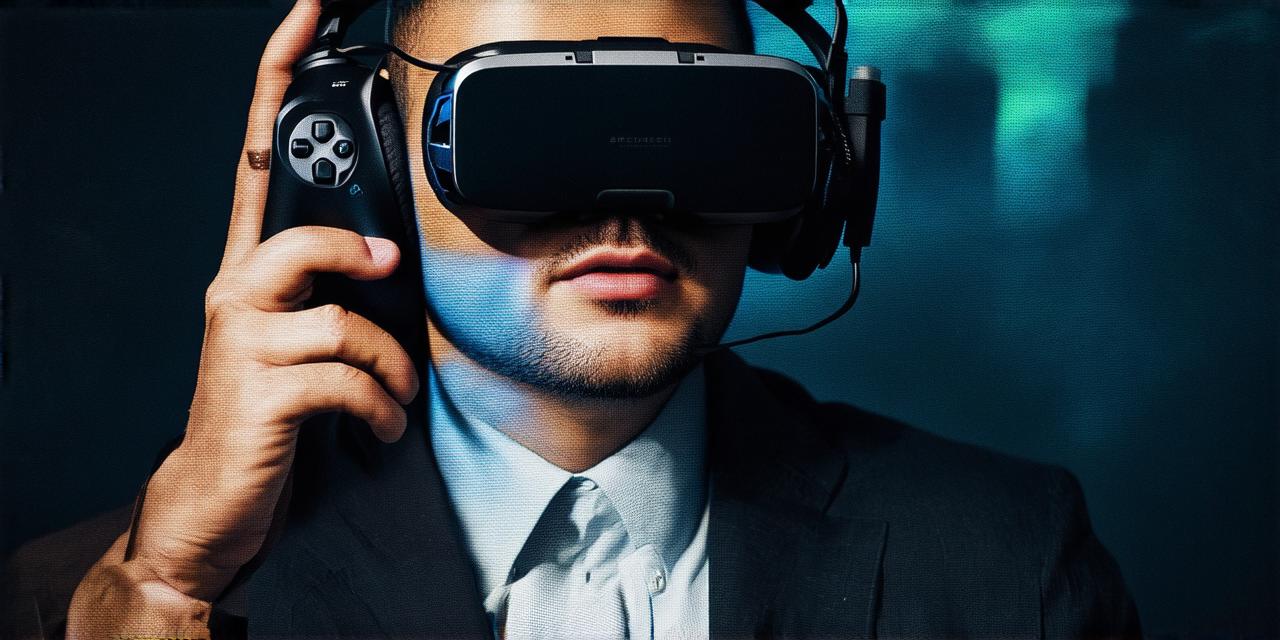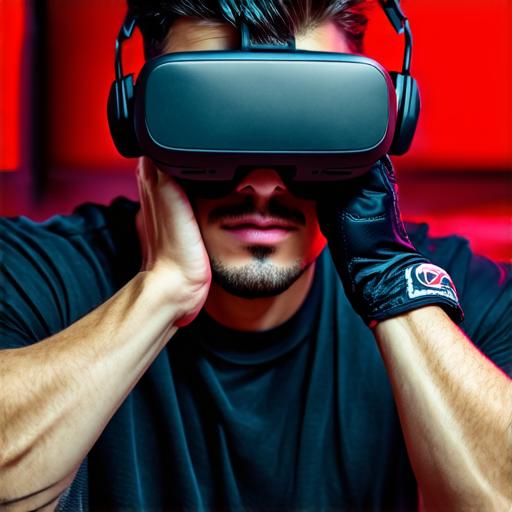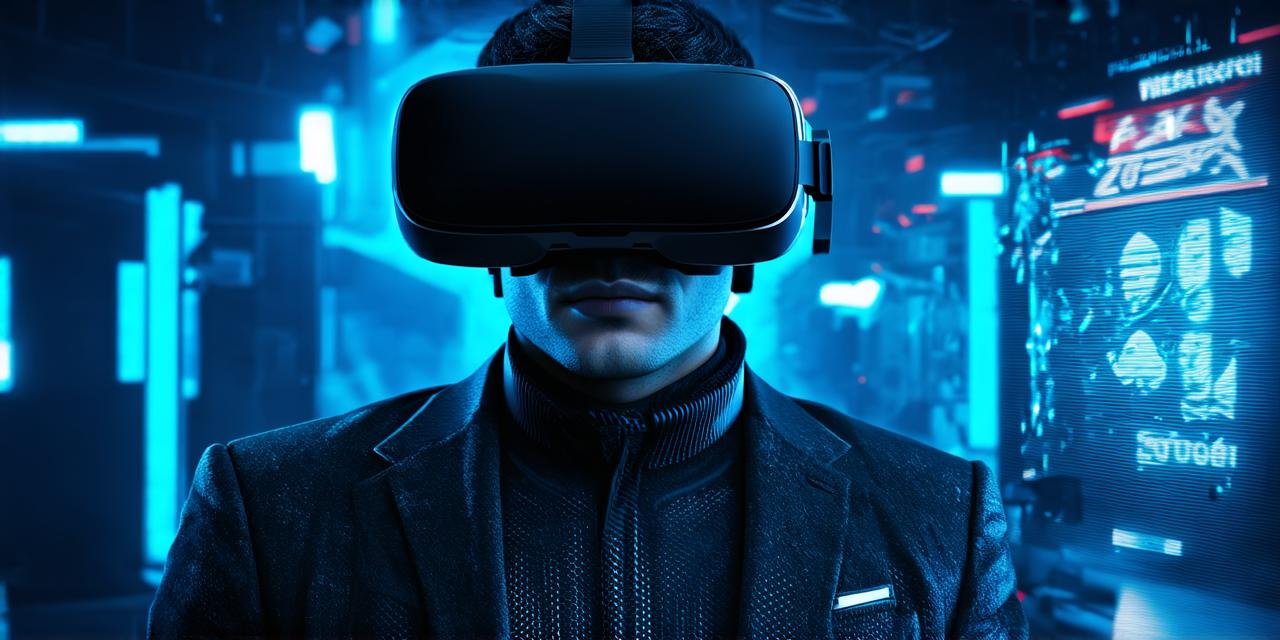
Why do people not like virtual reality?

Virtual reality (VR) has become increasingly popular in recent years, with many people using it for gaming, entertainment, and educational purposes. However, despite its popularity, there are still some people who do not like VR. In this article, we will explore the reasons why some people may not enjoy VR.
Table of Contents
ToggleComfort Issues
One of the main reasons why people may not like VR is due to comfort issues. The headsets and controllers used in VR can be uncomfortable to wear for extended periods of time, especially if they are not properly adjusted. This can lead to headaches, eye strain, and discomfort on the face and hands.
Motion Sickness
Another reason why some people may not like VR is due to motion sickness. The immersive nature of VR can cause some people to experience nausea, dizziness, and other symptoms associated with motion sickness. This can be especially problematic for people who are prone to motion sickness in general or who have a history of it.
Technical Issues
Technical issues are also a common complaint among people who do not like VR. The technology used in VR is complex and can sometimes be unreliable, leading to lag, stuttering, and other technical problems that can disrupt the user’s experience.
Cost
Finally, cost is another reason why some people may not like VR. The equipment needed for VR can be expensive, with high-end headsets and computers costing thousands of dollars. This can make it difficult for some people to afford the technology, especially if they are only interested in using it occasionally or casually.
Summary
In conclusion, there are several reasons why some people may not like VR, including comfort issues, motion sickness, technical problems, and cost. While VR has its benefits, it is important for users to be aware of these potential challenges and take steps to mitigate them if they occur.

